On a collecting expedition in Masoala National Park
Sonja Hassold has been collecting samples of precious wood in Masoala National Park in north-eastern Madagascar for her doctoral thesis. The globetrotter reports on her experiences "out in the field" in ETH Life.
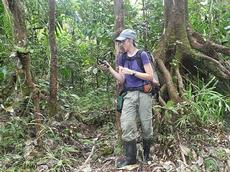
Night has descended on the rainforest in no time. I am sitting in the flickering light of the campfire listening to the cacophony of strange noises. Insects? Frogs? A lemur perhaps? I am sitting outside my little tent, checking the samples my botanist Jao Aridy and I collected today in Masaola National Park. Every leaf, every piece of wood has to be labelled with a collection number so that the samples can be sorted into the collection locations back home.
It is hot and sticky; the working conditions are far from pleasant. I am in the Madagascan jungle collecting precious wood samples for my doctoral thesis. I am especially interested in ebony, palisander and rosewood. The latter has got nothing to do with roses; the tree owes its name to its dark red and black-grained heartwood, a feature that makes it extremely valuable on the international market. Rosewood is only found in the tropics and several species only in Madagascar. The wood is used to make musical instruments and Chinese furniture.
There has been so much felling in Madagascar that these precious woods are only found at the heart of the national park, where wood poachers chop them down illegally nowadays. The trunks are traded on the international market under a false name so that the authorities do not catch onto the wood mafia’s game. To the naked eye, the hardwood of various rosewood species is indistinguishable. Nor can you tell which region the tree comes from based on the heartwood. That is why we are working on a genetic identification method!
My journey to Madagascar began with a twelve-hour flight to the country’s only international airport, Ivato, followed by thirty to ninety-minute cab ride straight through the rice fields to Antananarivo – also known as the City of the Thousand. Then, at last, I was able to relax in the Sakamanga, a cosy hotel in the city centre, and dine on one last kingly meal before catching a domestic flight to the Masoala Peninsula further inland the following morning. From Maroantsetra Airport, we set off into Masoala National Park by speedboat and received a warm welcome from the staff at the Masoala Forest Lodge near Tampolo. The first week was all about getting acclimatised, still with all the creature comforts.
The lodge is tucked away in the dense rainforest. In this section of the national park, the evergreen forest stretches all the way down to the sea – a fabulous view! After the exhausting day’s travelling, we relaxed on the beach and watched the humpback whales that populate the quiet bay of Maroantsetra. After all, we needed to conserve our energy for daily six to seven-hour treks through the jungle that lay in store for us. The following morning, our curiosity got the better of us and we embarked on our first collecting mission in the Masoala rainforest.
The daylight woke us up at five o’clock in the morning. The rucksack was soon packed with water, provisions, rain gear, teabags, gimlets, the field book, GPS, the camera and mosquito spray. Even though breakfast by the sea delayed our departure for a little longer than expected, by seven o’clock we were away with botanist Jao Aridy, who knows the jungle like the back of his hand.
We headed along the narrow tracks through the jungle on the lookout for ebony and rosewood. As there has not been much overfelling on the west coast of Masoala National Park, we did not have to wait very long. I immediately reached for the field book and GPS to record the coordinates and note down the species’ height, trunk circumference and habitat. In the meantime, Jao Aridy assembled the extendable branch cutter and gathered some branch and leaf material from the tall trees.
We prepared herbarium specimens, placed the branch and leaf material in the teabags, and immediately laid the specimens on silica gel to dry. Then we made some quick sketches of the leaves and took photographs of everything. The trunk circumference was fifty centimetres – enough to take a drill core from the tree.
Then we set off in search of some more precious wood. In the distance, we could hear the call of a red ruffed lemur, one of the lemur species that are only found on Madagascar’s Masoala Peninsula. Something rustled in the undergrowth nearby, but we did not catch a glimpse of what it was. However, something that looked like a leaf with horns and four legs was crawling around at our feet: a ground-dwelling chameleon of the Brockesia genus.
We kept crossing rivers, clambering up and down hills, and marvelling at the magnificent, lush surroundings. The variety of articulate animals was incredible: we stumbled across giant millipedes, spiders, pill millipedes, grass hoppers and wasps. We often stood still to watch these animals – too often, as it turned out, for it gave the terrestrial leeches plenty of opportunity to crawl up our trouser legs and gorge themselves on our blood. Fortunately, they are not dangerous, though. They just thin your blood and make the wound bleed for half an hour or so. You can even remove them with your fingers if you tug on them hard enough!
Five hours into the trek, we stopped for lunch: homemade biscuits from the lodge – a Betty Bossi recipe, apparently! After the brief energy boost, we followed a railway line dating back to the colonial era, the wooden sleepers of which were still visible. It stretched along the coast, where we found some almighty trees, but after two more hours of work the fatigue set in, so we headed back to the lodge to enjoy a warm solar shower before laying the herbarium specimens in brown paper and flattening them in a plant press.
The day’s spoils: five rosewood, five palisander and twenty ebony. Worn out, but with many new impressions to absorb, we dine on a hearty supper of rice, zebu and vegetables. Afterwards, full up and content, we listen to the jungle noises from our bungalows before nodding off. We have got an energy-sapping week ahead of us!
About the author
Sonja Hassold (28) is a doctoral student in Alexander Widmer’s, a professor of genetic plant ecology, group. She worked in Masoala National Park in Madagascar until the end of 2011, collecting wood samples from the local tree species for her thesis. She is investigating whether it is possible to differentiate Madagascan tropical woods genetically in order to combat the illegal trade in palisander and rosewood. The project is financially supported by Mercator Foundation Switzerland.


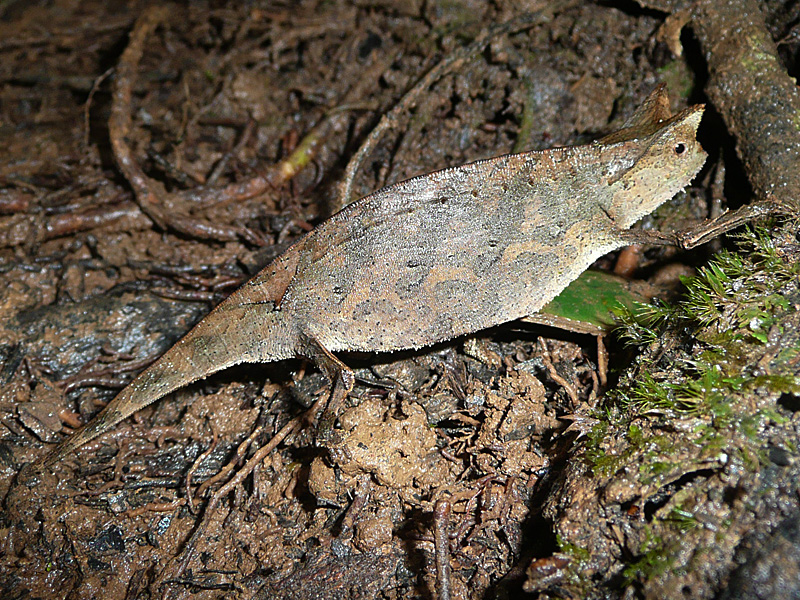
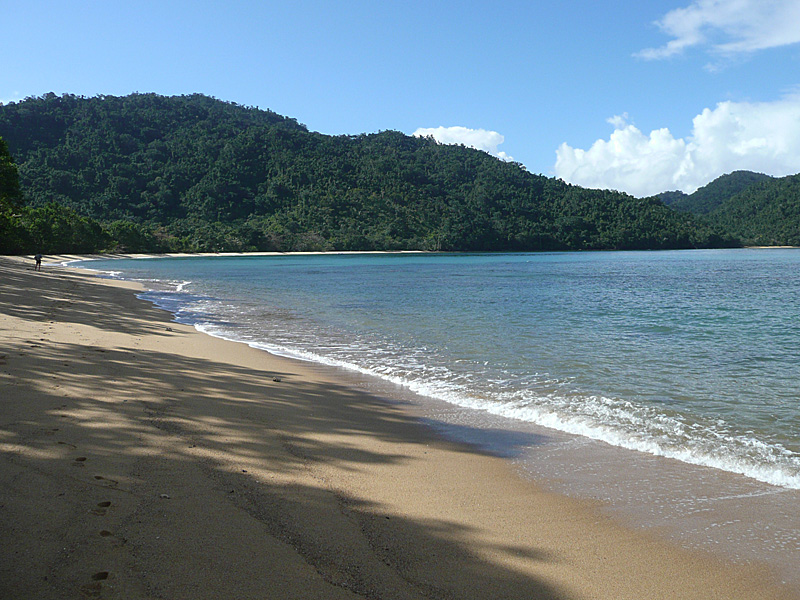
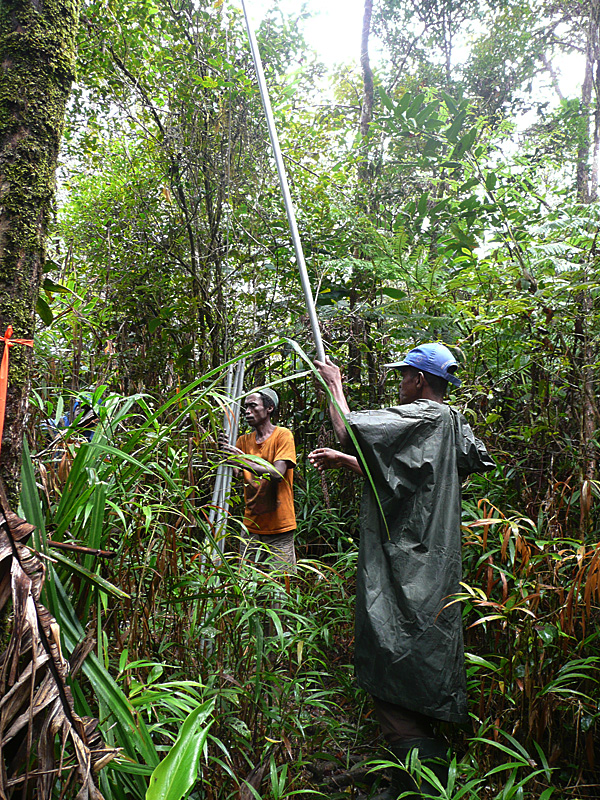
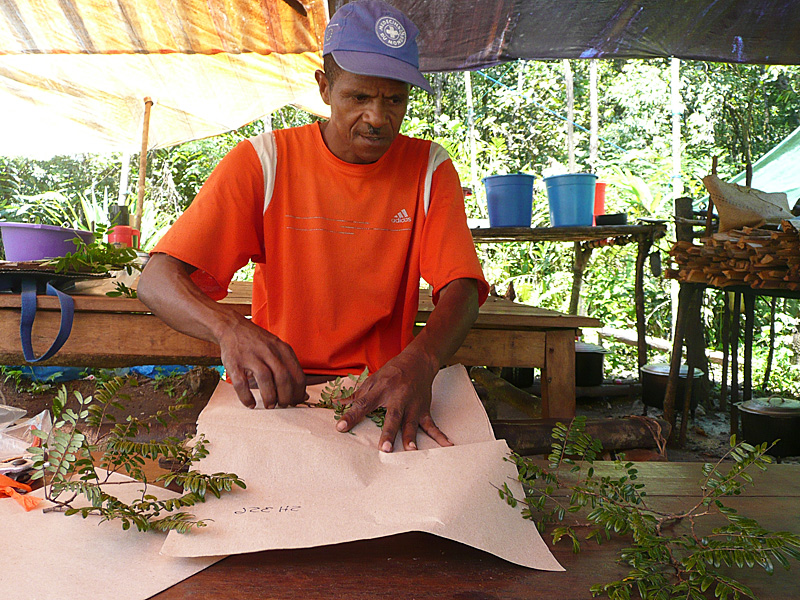
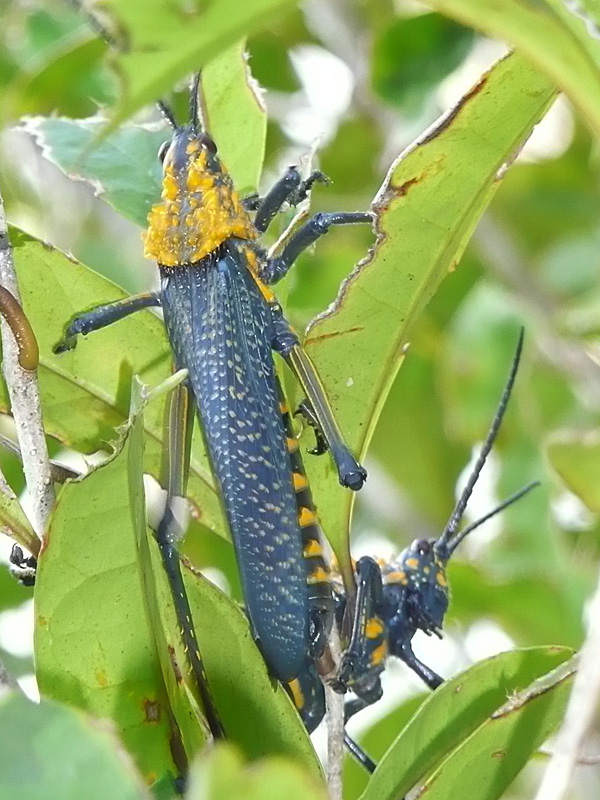

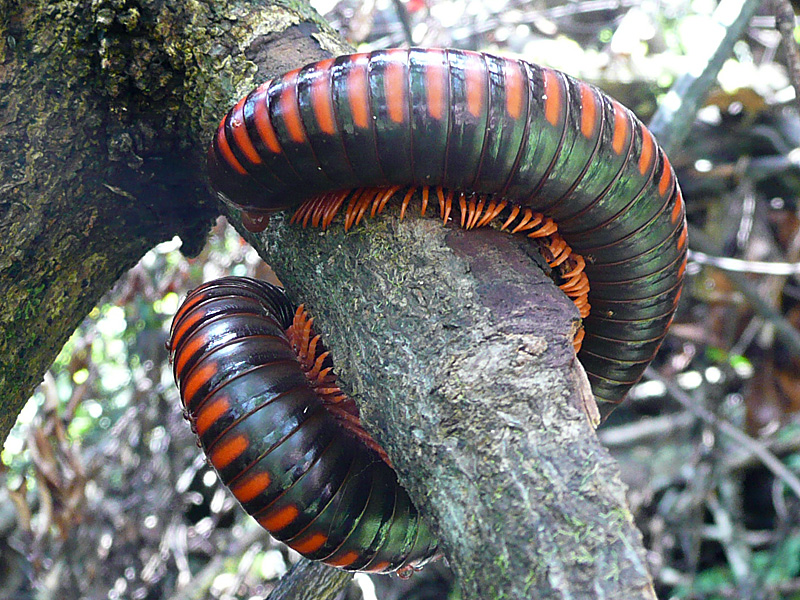





READER COMMENTS